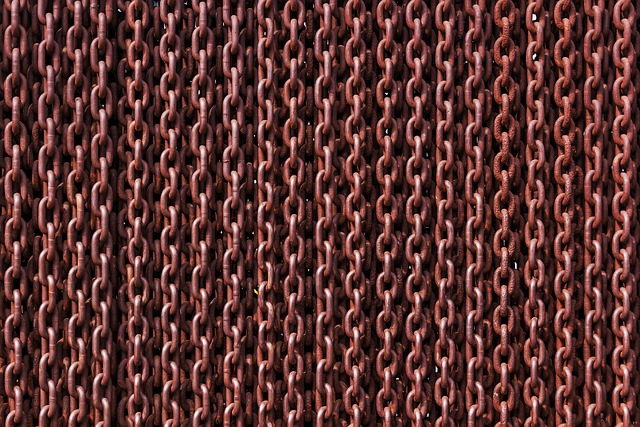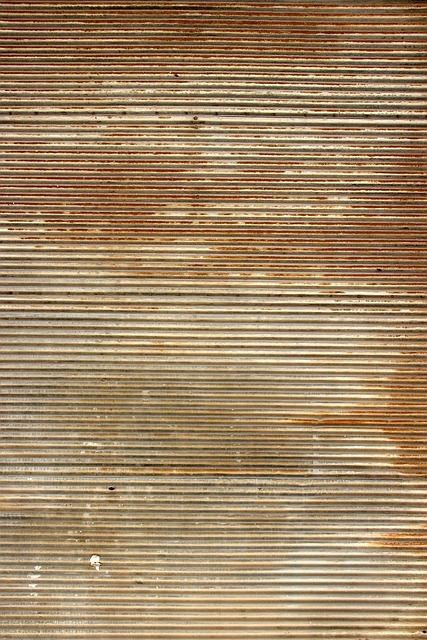Utility metalwork is a critical component in machinery and equipment design, providing both structural support and functional advantages. It involves strategic material selection (e.g., stainless steels, aluminium alloys, copper), efficient design, and precise fabrication techniques to create durable frames and components that can withstand intense industrial conditions. Modern manufacturing incorporates traditional craftsmanship with advanced technologies like CNC machines, laser cutting, and 3D printing to produce high-quality, lightweight parts from advanced materials. Skilled artisans and engineers ensure reliability and longevity of equipment, reducing downtime, maintenance costs, and contributing to increased efficiency and productivity in industrial settings.
In the realm of industrial excellence, utility metalwork stands as a cornerstone, playing a pivotal role in shaping the durability and performance of machinery and equipment. This intricate art involves crafting robust metal components essential for various applications, from heavy-duty manufacturing to precision engineering. Understanding the science behind utility metalwork is key to unlocking its immense potential, ensuring optimal reliability, and maximizing equipment longevity. Let’s explore this game-changer in depth.
- Understanding Utility Metalwork: Its Role in Machinery and Equipment
- Choosing the Right Metals for Durability and Performance
- Crafting High-Quality Metal Components: Techniques and Technologies
- The Impact of Expert Metalwork on Equipment Reliability and Longevity
Understanding Utility Metalwork: Its Role in Machinery and Equipment

Utility metalwork is a crucial component in the design and manufacturing of machinery and equipment, providing both structural integrity and functional advantages. Its primary role is to create durable, robust frames, supports, and components that withstand the rigors of industrial applications. This type of metalwork is essential for ensuring the longevity and reliability of machines, as it must endure constant use, extreme temperatures, and heavy loads without compromising strength or stability.
In machinery and equipment, utility metalwork serves various functions. It provides the backbone for mounting other parts, allows for precise alignment and movement, and facilitates the transfer of power. From simple brackets and gussets to intricate gear housings and bearing supports, each element is meticulously crafted to meet specific performance requirements. The art of utility metalwork lies in balancing material selection, design efficiency, and fabrication techniques to create lightweight yet sturdy structures that optimize equipment performance and efficiency.
Choosing the Right Metals for Durability and Performance

When it comes to high-quality utility metalwork for machinery and equipment, selecting the appropriate metals is paramount for ensuring both durability and optimal performance. Each metal possesses unique properties that lend themselves to specific applications, making it essential to choose wisely based on factors like strength, corrosion resistance, heat conductivity, and machinability. For instance, stainless steels are popular choices due to their exceptional rust resistance, while aluminium alloys offer lightweight alternatives with good electrical conductivity, ideal for temperature-sensitive applications.
Copper and its alloys, such as brass and bronze, have long been valued for their superior corrosion resistance in humid environments, making them suitable for marine or industrial settings. On the other hand, cast iron is renowned for its strength and hardness, excelling in high-wear conditions like engine blocks and agricultural machinery. Ultimately, understanding the specific demands of your application will allow you to select the most suitable metal, ensuring that your utility metalwork stands the test of time and performs at peak efficiency.
Crafting High-Quality Metal Components: Techniques and Technologies

Creating high-quality metal components for machinery and equipment involves a blend of traditional craftsmanship and advanced technologies. Skilled artisans still rely on time-honored techniques like hand forging, precision milling, and intricate casting to ensure durability and precision. However, modern manufacturing also leverages computer numerical control (CNC) machines, laser cutting, and 3D printing to achieve unprecedented levels of accuracy and complexity in utility metalwork.
These innovative technologies enable the production of intricate parts with tight tolerances, enhancing overall equipment effectiveness. Advanced materials, such as high-strength steels, titanium alloys, and aluminum composites, further contribute to the creation of robust and lightweight components. This combination of traditional skill and modern technology ensures that today’s machinery and equipment benefit from both reliability and cutting-edge performance.
The Impact of Expert Metalwork on Equipment Reliability and Longevity

High-quality metalwork plays a pivotal role in ensuring the reliability and longevity of machinery and equipment. Skilled artisans and engineers bring their expertise to bear on every aspect of the design and fabrication process, from material selection to intricate assembly. This dedication results in components that are not just functional but also built to withstand the rigors of consistent use over extended periods.
In industrial settings, where equipment operates continuously, robust metalwork is essential. It prevents premature failure, reduces downtime, and lowers maintenance costs. Utility metalwork, when executed flawlessly, can extend the lifespan of machines by enhancing their structural integrity and overall performance. This, in turn, contributes to increased efficiency and productivity for businesses, making high-quality metalwork a cornerstone of modern industrial success.
High-quality metalwork, often referred to as utility metalwork, plays a pivotal role in enhancing machinery and equipment’s durability, performance, and reliability. By carefully selecting the right metals and employing advanced crafting techniques, manufacturers can achieve exceptional results. This article has explored the significance of utility metalwork, from its foundational understanding to cutting-edge technologies, emphasizing its impact on equipment longevity. Embracing these practices ensures that machines operate efficiently for extended periods, ultimately driving industrial progress and fostering innovation.
